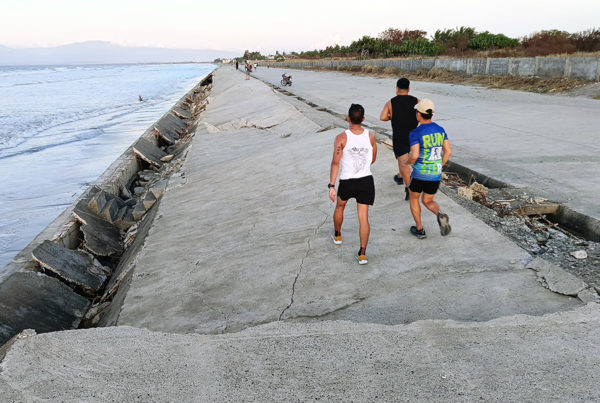Mosquito fish dispersed in drainage systems
WAR VS. DENGUE
IN A BID to contain spread of mosquitoes, some 20, 000 mosquito fish were dispersed last week in the drainage system in barangay Tapuac where many elementary and secondary schools in Dagupan City are located.
Dr. Westly Rosario, chief of the National Integrated Fisheries Technology and Development Center (NIFTDC), said the use of mosquito fish (gombushia) is a “biological way” to control the population of mosquitoes that might be carrying viruses such as dengue and chikungunya.
Rosario also encouraged other local government units and entities to consider the use of mosquito fish, which the NIFTDC, the research arm of the Bureau of Fisheries and Aquatic Resources (BFAR) based in the city, has in stock and will be distributed for free.
Mosquito fish, which thrives on brackish waters like canals and drainage systems, feeds on mosquito’s larvae and can consume a volume of larvae equivalent to its weight.
Rosario explained that while there are other fishes like tipalia and seabass which also feed on larvae, the mosquito fish is more practical since it is abundant in the province.
Mosquito fish — locally known by many other names such as bundat, kataba, itar, toyong and botobot — mature faster than the other mosquito-eating fishes and was used in the 1920s to the 1950s to control mosquito-borne illnesses such as malaria, which was common during those decades.
WITH THE YOUTH
The NIFDTC team was assisted by special science students of the Dagupan City National High School and Dominican School in dispersing the fish.
“We wanted the youth to be aware that there are biological ways to control mosquito related illnesses other than using pesticides, katol and applying repellants that could actually have side effects,” Rosario said.
The NIFTDC plans to disperse more than 100, 000 mosquito fish in other parts of Dagupan and Rosario assured that overpopulation of the breed will not pose as a problem because the species’ lifespan is only one to two years.—Dada Martin
OVITRAPS DISTRIBUTED AROUND DAGUPAN
THE Dagupan City Health Office (CHO) is further engaging barangay officials and residents in the continuing fight against the mosquito-borne dengue disease by distributing some 7, 500 ovitraps last week to control the spread of the insects.
Dr. Leonard Carbonel, CHO head, said while the number of dengue cases in the city dropped by 39% from January to June this year compared to the same period last year, they are not slowing down on the campaign as the peak season for dengue is usually the rainy months of August and September.
Ovitraps were also distributed to the schools in the city.
The CHO met with barangay chairmen and taught them the procedure in preparing the ovitraps as part of the Aksyon Barangay Kontra Dengue (ABKD) program.
Twenty barangays had already documented suspected dengue victims, topped by barangay Bonuan Gueset and followed by Lasip Grande and Lucao.
The other 11 barangays remain dengue free.
The distribution of ovitrap was piloted at Lasip Grande last July 15, where a significant increase of suspected dengue cases was recorded last month despite fogging and misting operations.
The ovitraps, distributed to households depending on the size of the barangay, were given to a minimum of 100 households for bigger barangays, 75 for medium- sized and 50 for small barangays.
The CHO provides the chemical used for the ovitrap for three months..—Dada Martin Austria







